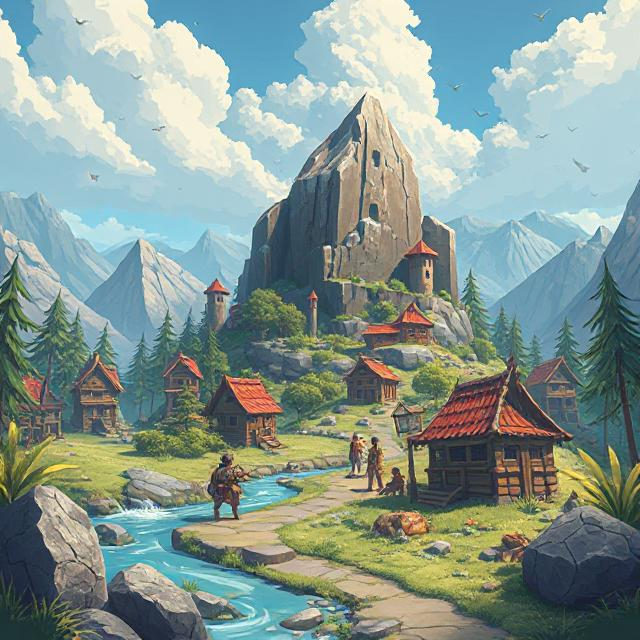Open-world RPGs have become one of the most dominant genres in modern gaming, offering players vast, immersive worlds with unparalleled freedom. Early RPGs were often linear, guiding players through structured quests. However, the rise of open-world gaming, pioneered by titles like The Elder Scrolls III: Morrowind and Gothic, changed the landscape.
One of the primary reasons open-world RPGs are so addictive is the sheer sense of freedom. Games like The Witcher 3: Wild Hunt and Elden Ring allow players to explore massive landscapes, complete side quests at their own pace, and shape their own destinies. Unlike traditional RPGs, these games offer multiple pathways to success, making every playthrough unique.
Another key element is emergent storytelling. While main quests provide structure, players often find the most compelling narratives in side missions, random encounters, or even the environments themselves. For example, Red Dead Redemption 2 fills its world with interactive NPCs and unpredictable events, making the game world feel alive.
The success of open-world RPGs also comes from their progression systems. Players continuously improve their characters, whether through skill trees, better gear, or reputation-based choices. The sense of constant growth keeps players invested for dozens, if not hundreds, of hours.
With advancements in AI and procedural generation, the next step for open-world RPGs will be creating even more dynamic, player-driven worlds. Future titles may feature evolving environments, adaptive NPC behavior, and real-time consequences that reshape the world based on the player’s actions.

Leave a Reply